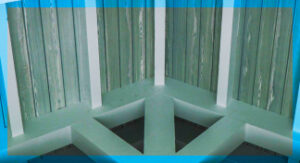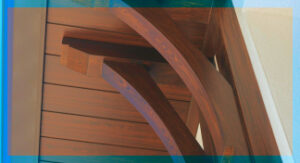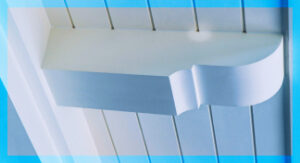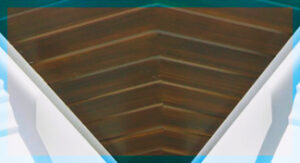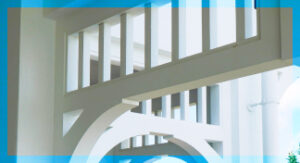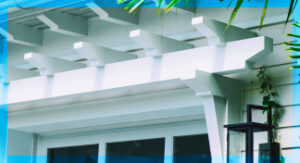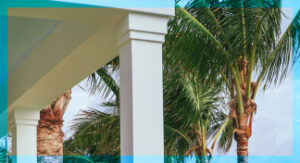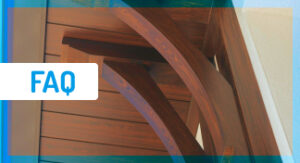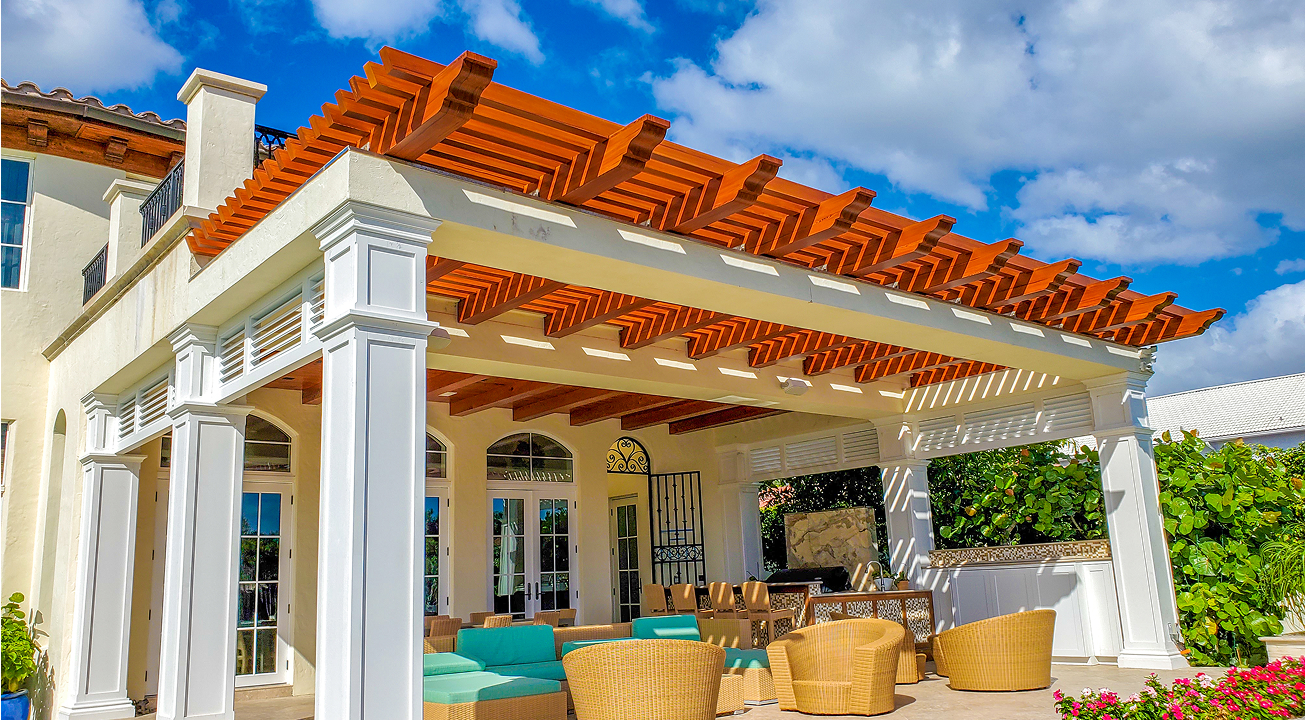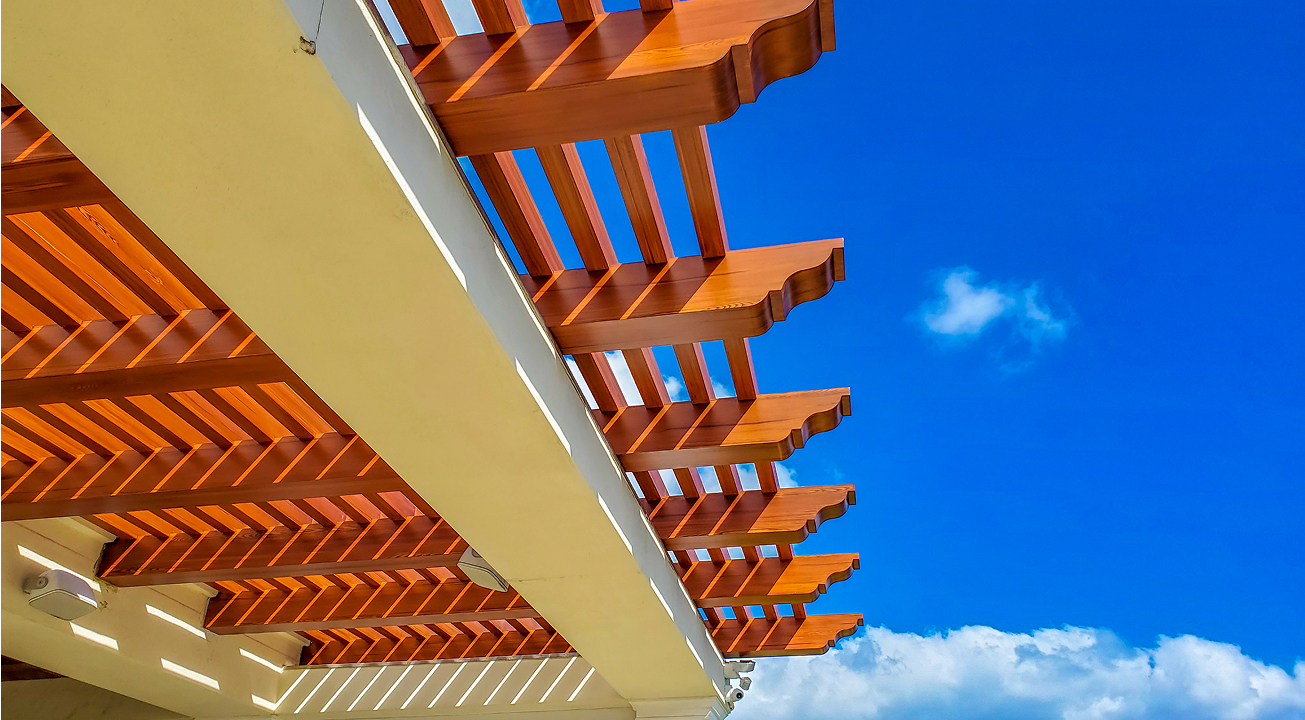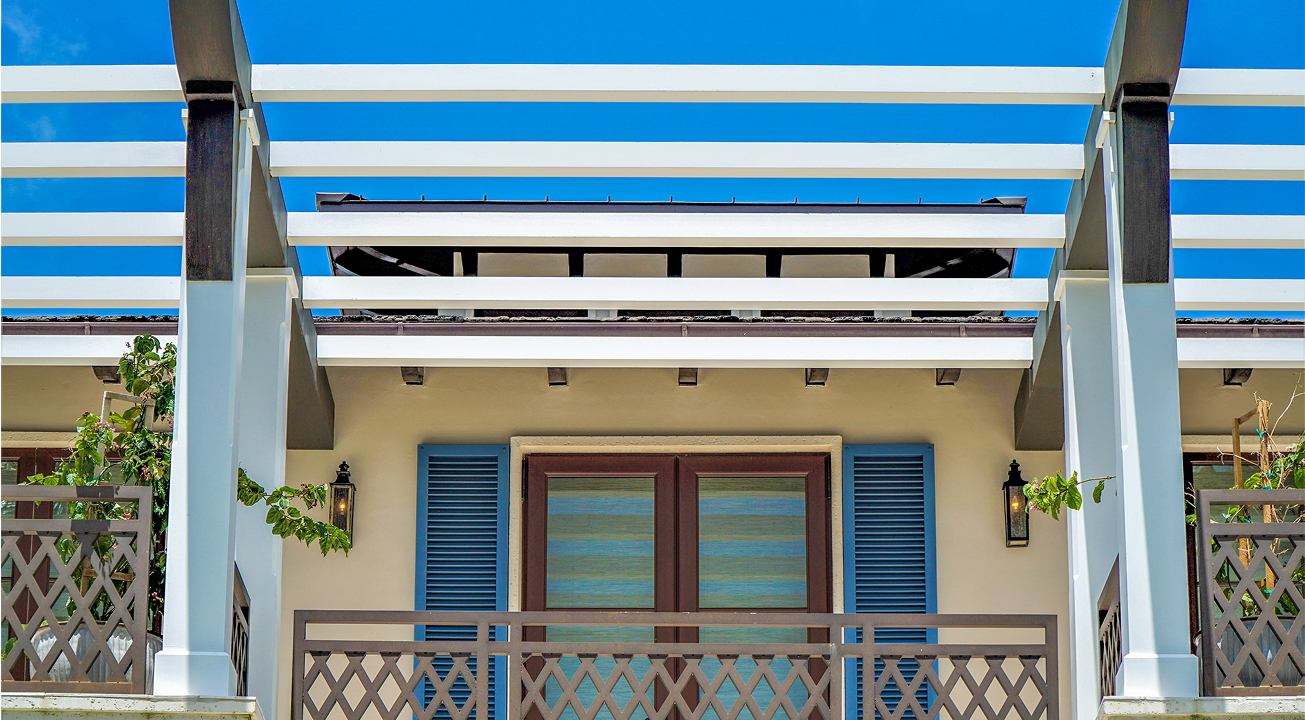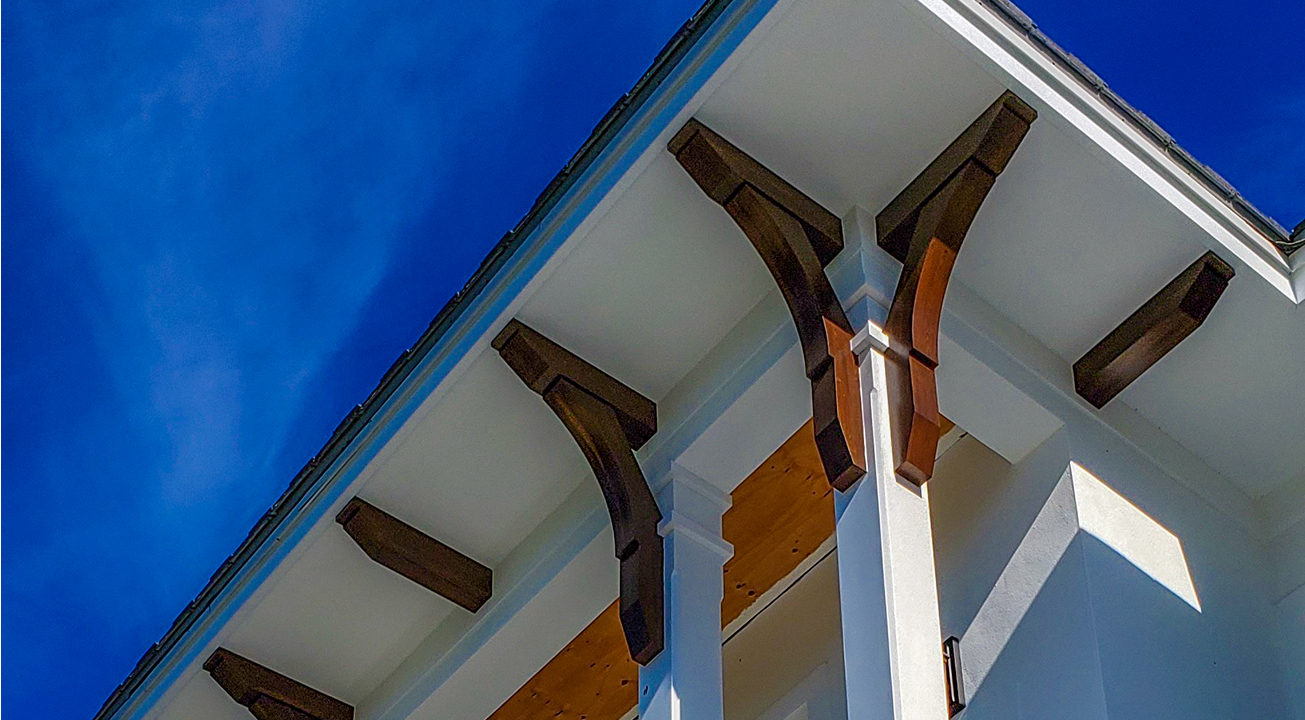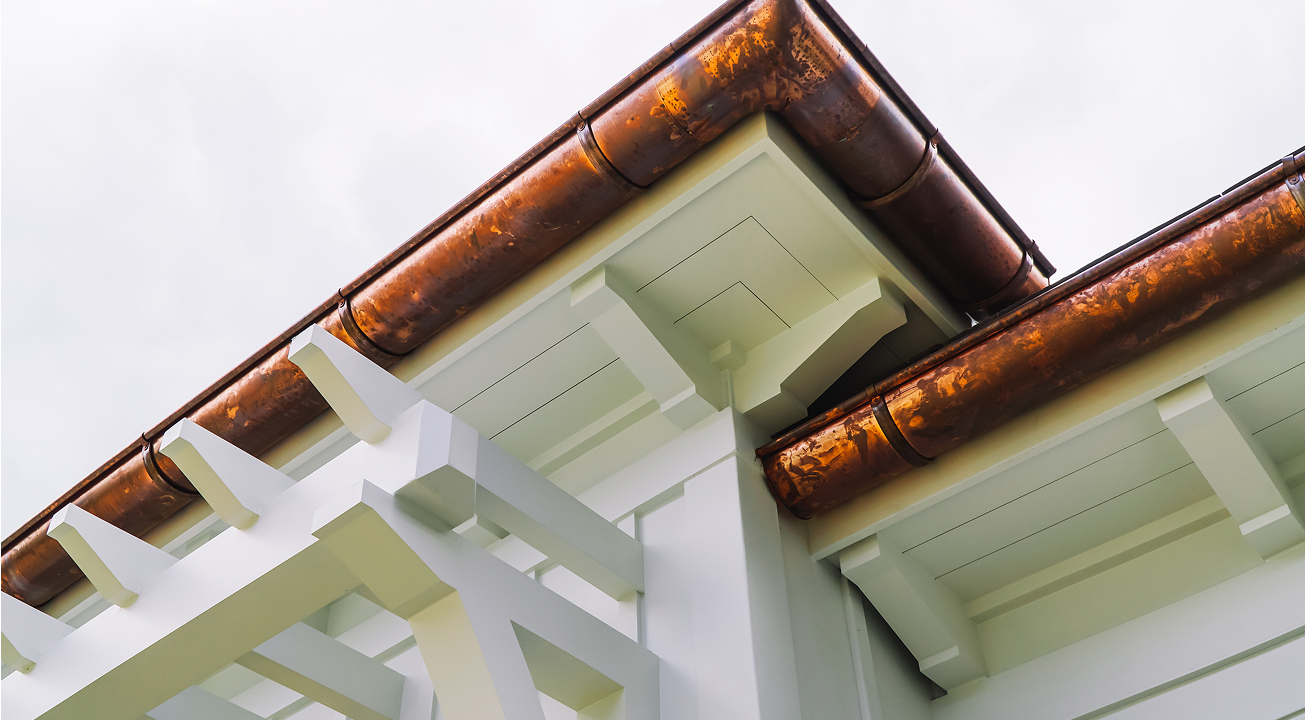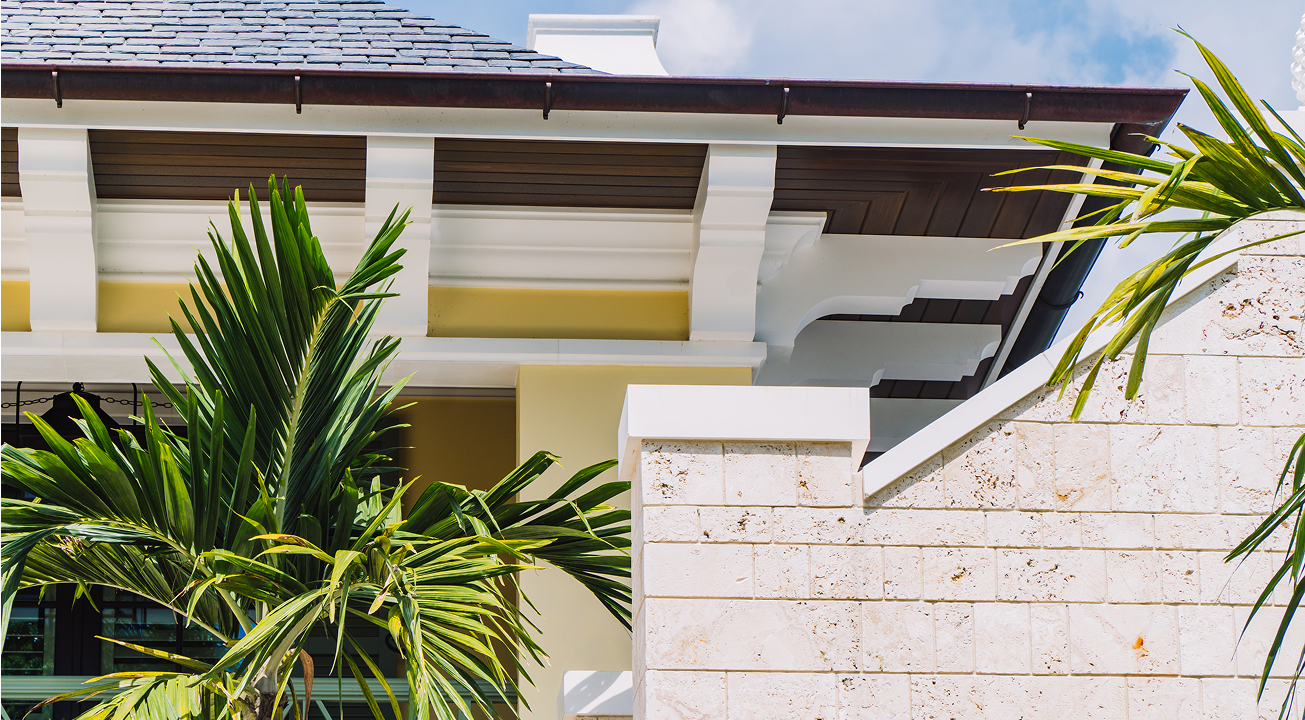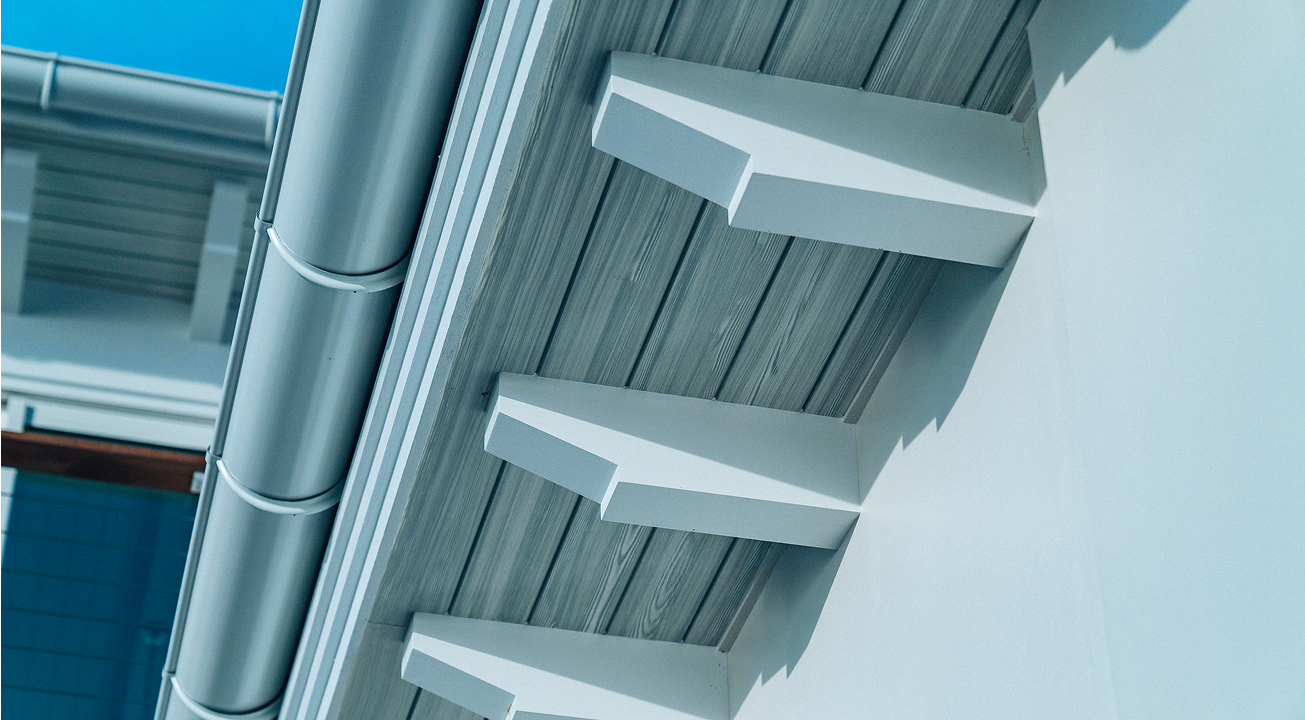When choosing between PVC and wood for your next project, cost is often the first question that comes up. So let’s tackle it head-on: Is PVC cheaper than wood? The answer is—sometimes yes, sometimes no. It depends on what you’re measuring: upfront cost, long-term maintenance, installation, or overall durability.
In this guide, we’ll break down the real cost of PVC vs. wood from every angle, so you can make the smartest, most cost-effective choice for your home or building project.
PVC vs. Wood: A Cost Comparison
The price tag on materials is only one part of the story. To fully understand whether PVC is cheaper than wood, we need to look at multiple cost factors, including:
- Initial purchase price
- Maintenance over time
- Installation labor
- Longevity and replacement
- Environmental impact
- Quality of material/waste
Let’s start with the basics.
Key Differences of Wood and PVC
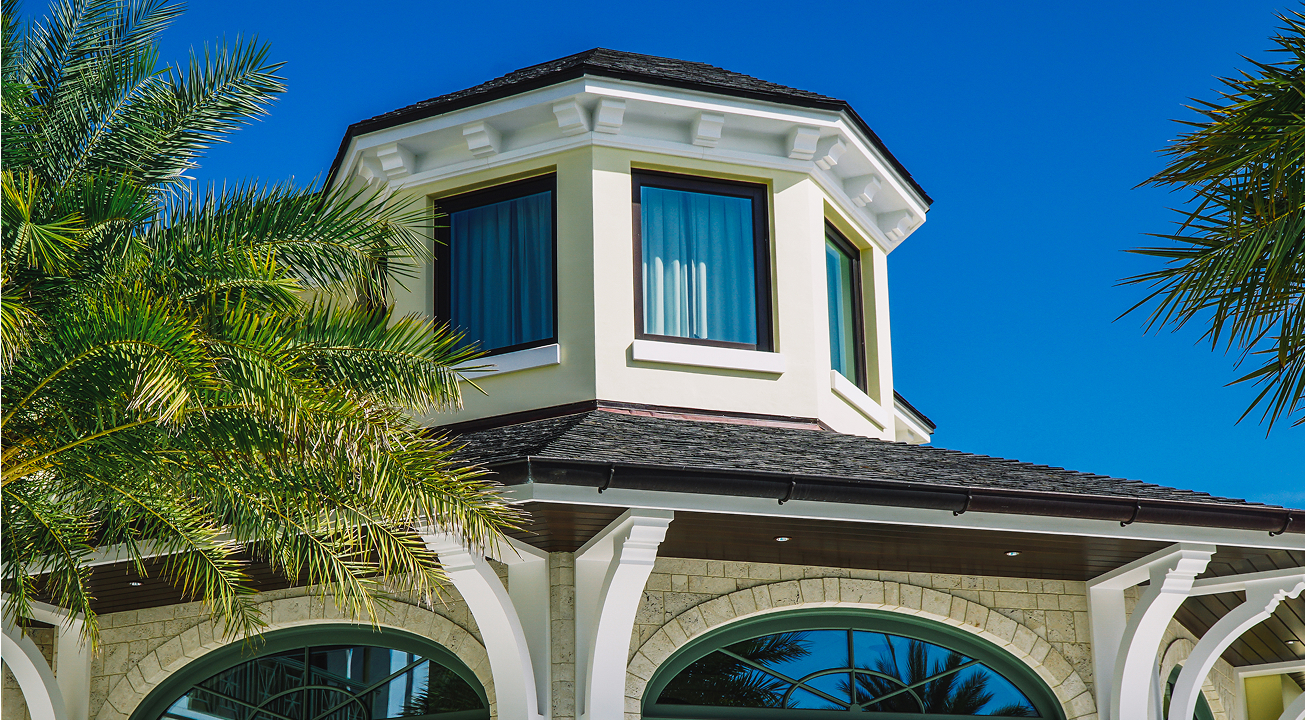
Let’s walk through the basic differences between the two materials.
What is PVC and How Is It Made?
PVC (polyvinyl chloride) is a type of plastic made through polymerization. It’s lightweight, water-resistant, and incredibly durable, making it ideal for exterior trim, mouldings, and columns. Cellular PVC, in particular, mimics the look of wood but without the common downsides like rot or insect damage.
You’ll find premium examples of PVC craftsmanship in the HB Elements Shop, where design flexibility meets long-term performance.
How Does Wood Compare?
Wood, of course, is a natural material that has been used in construction for centuries. It’s beautiful, versatile, and easy to customize. But wood is also susceptible to moisture, pests, UV exposure, and warping, especially in coastal or humid environments. It looks great, but it takes work to keep it that way.
Initial Costs
When comparing material prices per foot, wood is usually cheaper upfront; however, costs can vary depending on the type of wood used. Common lumber like pine or cedar often costs less than high-quality cellular PVC.
However, those lower initial costs can be misleading. Wood usually requires additional products (like sealants or stains) and more labor to install properly. PVC, though more expensive at first glance, comes pre-finished, doesn’t require painting, and typically installs faster—so the overall cost starts to even out once you factor in reduced labor and finishing time.
Maintenance Costs Over Time
When considering the total cost of ownership, maintenance plays a huge role in the long-term value of your materials. Wood requires regular upkeep to stay in good condition, which can add to the overall investment over time. PVC, on the other hand, is known for its durability and minimal maintenance needs. In this section, we’ll compare how the two materials stack up when it comes to maintaining their appearance and performance over the years.
PVC: Low Maintenance and Long-Lasting
PVC’s biggest selling point? It barely needs maintenance. It doesn’t rot, doesn’t absorb moisture, and won’t split or crack due to weather. An occasional rinse with a hose or mild soap is usually all it takes to keep it looking fresh. Over 15-25 years, those savings add up fast.
Wood: Ongoing Maintenance Needs
Wood demands more attention. If left untreated, it will deteriorate over time. That means sealing, staining, or painting—usually every 2–3 years, depending on exposure. And if rot or pests take hold, you’re looking at costly repairs or full replacement.
Even routine upkeep like sanding or caulking adds to the total cost of ownership. In short, wood may cost less initially, but maintenance can double or triple your total investment.
Durability and Lifespan
While both materials have their strengths, they behave differently over time. Wood can last for decades with proper care, but it’s more susceptible to damage from moisture, sunlight, and pests. PVC, however, is designed to withstand harsh conditions without the risk of rot or warping.
In this section, we’ll dive into how each material holds up over time, helping you decide which one is better suited for long-term durability.
How PVC Handles Harsh Weather and Wear
PVC is engineered to last, especially in tough climates. It’s a smart choice for regions with high humidity, salt air, or extreme sun. It won’t swell, warp, or fade easily. For example, when updating exterior trim or front porch columns, choosing PVC means you won’t have to worry about peeling paint or soft spots a few seasons later. Wood deteriorates more quickly in areas with higher moisture, especially where columns meet the floor.
How Wood Performs Over Time
Even the best wood species can struggle over time. Sunlight causes fading and checking (surface cracks), while moisture leads to mold, rot, or insect infestations. With regular upkeep, wood can last for decades, but skip a season or two of maintenance, and the damage sets in quickly.
Installation Costs
While both wood and PVC have their advantages, the installation process for each can vary in complexity. Wood often requires more time and specialized tools to cut and finish properly, which can drive up labor costs. PVC, on the other hand, is generally easier and faster to install, thanks to its lightweight nature and pre-finished surfaces.
Below, we’ll take a closer look at the installation costs for each material to help you make an informed decision.
PVC: Faster and Easier to Install
PVC is lightweight and easy to cut, shape, and fasten. Many PVC products—especially those from HB Elements—are made to install cleanly with standard tools. Fewer steps, fewer coatings, and no wait time for dry finishes can reduce labor costs considerably.
Wood: More Complex Installation Process
Installing wood takes time. Cuts must be precise. End grain must be sealed. Paint or stain usually happens after installation. And if you’re working with specialty hardwoods, you may need pro-level tools and techniques to get it right. Wood is also a heavier material, requiring more manpower for installation.
While skilled carpenters love the workability of wood, the added labor time and finishing steps can make the project more expensive overall.
Environmental Impact
Wood is a renewable resource and can be an eco-friendly option if sourced responsibly. However, its shorter lifespan and need for regular maintenance can lead to more frequent replacements. PVC, while durable and long-lasting, is made from synthetic materials and has a higher carbon footprint during production, raising questions about sustainability.
Let’s break down the differences.
Environmental Considerations for PVC
PVC isn’t biodegradable, and its manufacturing process does have a higher carbon footprint compared to wood. The cut-offs and dust generated during PVC manufacturing can be reground and recycled into new PVC products. However, its durability means you’re replacing it far less often, which reduces waste over time. And unlike painted wood, PVC doesn’t leach chemicals into the environment during its lifespan.
Sustainability of Wood in Construction
Wood is a renewable resource, and when sourced responsibly, it can be a sustainable choice. But its shorter lifespan in exposed environments means more frequent replacement—and more trees harvested. The maintenance products used on wood (like stains and solvents) can also introduce VOCs into the air.
Although wood is a renewable resource, due to deforestation, very little of it comes from old-growth forests. A large percentage of the wood used today is from new growth, which generally means lower quality and a higher likelihood of splitting and cracking.
When to Choose Which Material
Choosing between PVC and wood ultimately depends on your project’s specific needs and priorities. Both materials offer distinct advantages, but understanding where each one excels will help you make the right choice for your home or building project.
Best Applications for PVC
PVC is the ideal material when you need a solution that combines long-lasting durability with minimal maintenance. It’s perfect for areas exposed to the elements, where resistance to moisture, rot, and pests is essential. If you’re looking for materials that will save you time and effort on upkeep, PVC is the clear winner. It’s especially suited for projects that need to withstand harsh weather without compromising on aesthetics.
- Exterior trim, soffits, and fascia: PVC’s weather-resistant properties make it a great choice for exterior trim, soffits, and fascia, where it can stand up to the elements without deteriorating over time.
- Decorative columns and porch updates: With PVC, you can enhance your porch or columns without worrying about frequent maintenance. It holds its shape and color while resisting rot, making it a low-maintenance option for decorative features. PVC offers greater flexibility in design and scale.
- Pergolas and trellises: For outdoor structures like pergolas or trellises, PVC offers the ideal combination of durability and low upkeep, making sure your structure stays looking fresh season after season. Compared to wood, which are prone to cracking in high-moisture environments, PVC is the clear choice.
- High-moisture environments (like coastal regions): In coastal areas where salt air and humidity can wreak havoc on materials, PVC provides a sturdy, moisture-resistant option that won’t warp or degrade when installed properly.
PVC is a go-to when longevity, low maintenance, and weather resistance are top priorities.
Best Applications for Wood
Wood is a classic material that brings warmth, beauty, and natural texture to any space. It’s perfect when you want a more traditional, customizable look, especially in indoor projects. However, it’s important to remember that wood requires regular maintenance to keep it looking its best. If you’re willing to put in the effort, wood can be a stunning addition to your home.
- You want natural grain and warmth indoors: For interior spaces, wood offers a timeless, warm aesthetic that can’t be easily replicated by synthetic materials. Its natural grain adds character and texture to any room.
- You’re building custom cabinetry or furniture: Wood is the go-to material for custom cabinetry and furniture, as its versatility and ability to be shaped and finished to your specifications make it ideal for these detailed projects.
- You’re in a dry climate where rot risk is low: In dry, low-humidity areas, wood can be a strong choice for both its aesthetic appeal and durability, as the risk of rot or water damage is minimal.
- You’re able to maintain it regularly: If you’re committed to regular maintenance, such as sealing, staining, and painting, wood can last for many years and develop a beautiful patina over time.
Wood is a strong aesthetic choice, especially when its rich texture and character are the focal point.
Not sure which material suits your specific application? Check out our overview of the parts of a house exterior to help guide your decision.
Choose HB Elements for Your PVC and Wood-Look Like Products
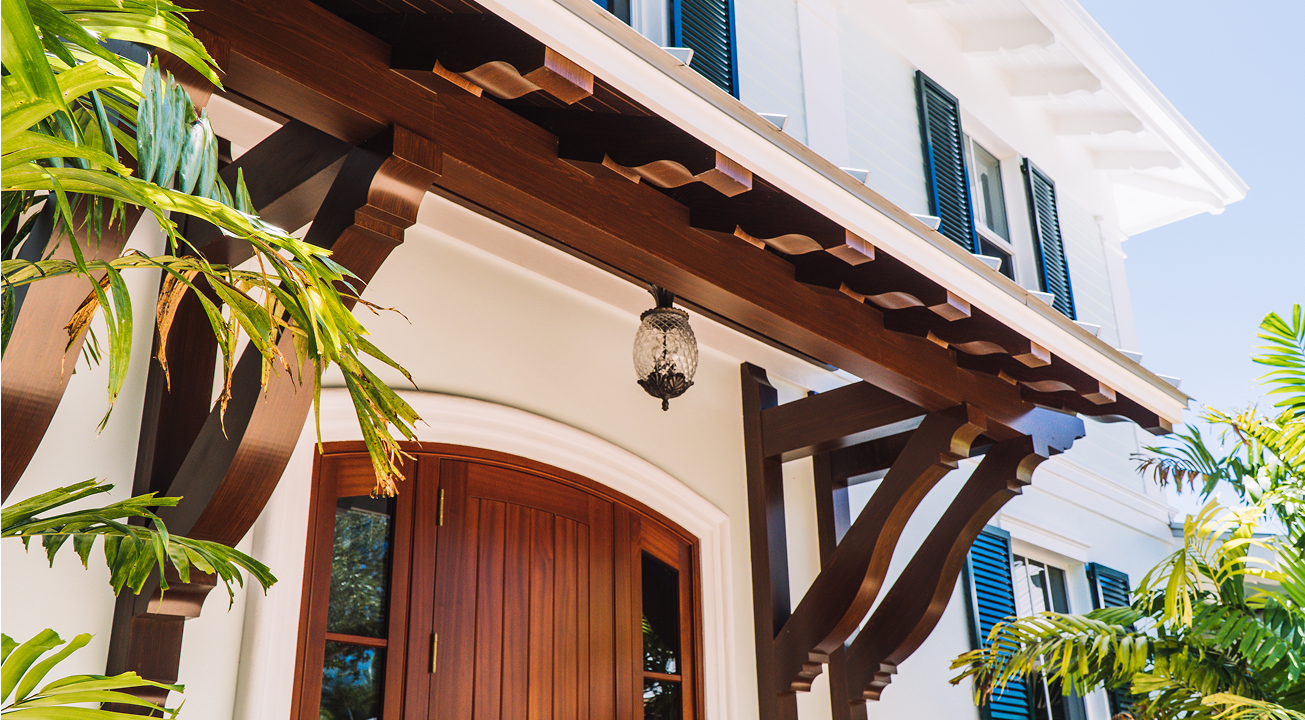
The bottom line? While wood may be less expensive up front, PVC often proves cheaper over the long haul, especially when you factor in maintenance, repairs, and replacement. If you’re looking for performance, peace of mind, and long-term value, HB Elements has the solutions to make your next project a smart investment from the start. Shop our full collection of PVC products and browse our project portfolio to discover your next project inspiration.

